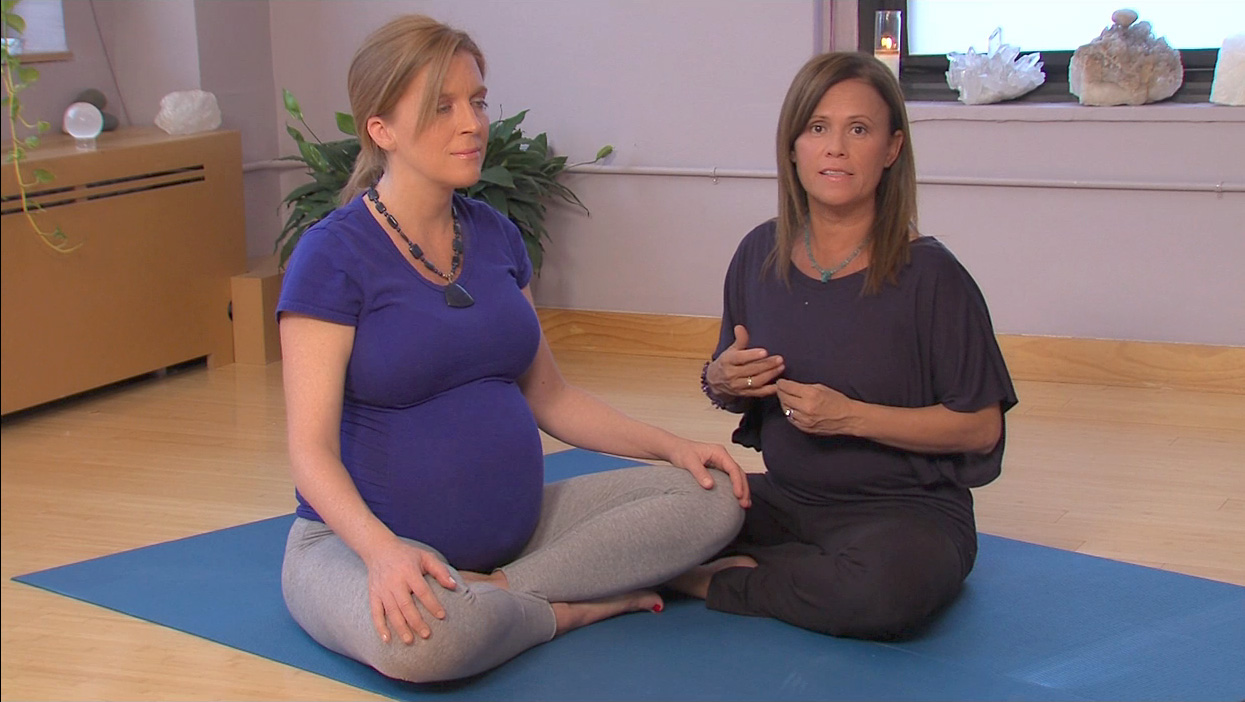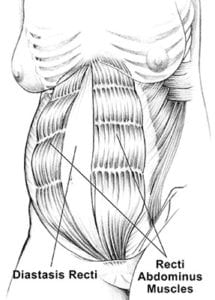
Keep these tips in mind and keep yourself safe and healthy while enjoying the benefits of yoga
By Isa Herrera, MSPT, CSCS, founder of www.PelvicPainRelief.com
~~~
Prenatal yoga is excellent medicine for pregnant women and fantastic for improving flexibility, strength, stamina and helps pregnant to relax and stay grounded. However not all prenatal yoga poses are appropriate for all pregnant women, and some may cause more harm than good. As a physical therapist who works primarily with women, I started to notice that many of my pregnant patients would come back injured when they were doing certain types of yoga poses. Pregnancy is not the time to start learning difficult yoga poses. Certain yoga modifications are needed for pregnant women, and in this article, I will be reviewing the top 4 things you should be paying attention to when you are in your prenatal yoga classes.
Everyone knows that pregnancy changes a woman’s body. These pregnancy-related changes can lead to back pain, incontinence, pelvic pain, organ prolapse, postural issues, and balance problems. The great news is that with proper modifications most pregnant women can continue to exercise for the nine months of pregnancy. Let us look at the 4 top things you should be paying attention to when you are in your yoga classes so you can be safe and avoid injury.
1. Relaxin hormone is produced during pregnancy improves flexibility and helps to widen the pelvic-girdle bones and relax the ligaments in the pelvic girdle area to facilitate delivery.
This hormone is in its highest amount during the first trimester and last trimester. I see many women coming in with serious injuries in the first and last trimester because pregnant women are unstable in their bones and ligaments during this time. It is important to keep in mind that during pregnancy you might be able to go deeper into a stretch than you normally would, but that does not mean that you should.
Relaxin hormone makes you more unstable and flexible it is important to proceed with caution and listen to your body when you are in your yoga poses. A stretch may feel good, but it may not be good for your pelvis, hips or low back. Do not overstretch just because you feel you can go deeper into the pose. In pregnancy, one must listen very carefully to the body’s signals. Know your limits because overstretching ligaments and muscles can lead to serious injuries that can take months to recover from. Pay strict attention and stay present in all your yoga poses and ask for help in the class if you need it.
2. Symphysis Pubic Dysfunction (SPD) is an extremely painful condition that produces pain in the pubic /groin area with walking, positional changes, and standing. Sometimes this pain can refer to the thighs or pelvic floor muscles.
It is estimated that 25% of pregnant women will suffer from SPD and many more will go undiagnosed. This condition occurs when there is an excessive movement of the pubic symphysis causing a misalignment of the pelvic girdle causing instability. Prenatal poses that require you to stand on one leg or to bring the legs wide apart can lead to further instability of the pubic area contributing to more pain and dysfunction.
Keeping your legs hip-width apart or closer during all yoga poses and exercises helps to avoid injury to the pubic ligaments and excaberation of SPD. Also, listen carefully to your pain signals because your body is talking to you. Never override a pain signal from your body if you suffer from SPD. Your body is talking to you. If you have pain in a certain pose or if the pose just doesn’t feel right this is a signal that you need to modify the pose or stop doing it all together.

3. Up to 60% of pregnant women suffer from Diastasis Recti Separation (DRA) of Abdominal Muscles because the growing uterus puts a great deal of strain on the abdominals muscles to accommodate the baby.
DRA is associated with leaking, pelvic organ prolapse, low back pain, and pelvic floor pain. Specific movements and positions can make a DRA bigger, and one of these moves is forward bending. Forward bending has the potential to make the DRA larger and making the pelvic girdle region even more unstable. Forward bends can also compromise the low back area contributing to more low back/pelvic girdle pain. Forward bends and they also put excessive pressure on the abdominal area. Backbends should also be avoided if you have a DRA because they can overstretch the abdominal muscles making the DRA bigger and less stable. Also, avoid poses that compress the belly.

4. Stick with yoga classes that are specific for pregnant women.
Many times women get injured because they attend regular yoga classes and there may not be enough instruction on how to modify poses for pregnancy. All pregnant women should attend yoga classes that are appropriate for them, and I recommend that pregnant women stick to prenatal yoga.
Pregnant women should avoid power yoga, hot yoga or any advance yoga classes. These classes may cause overstretching of the muscles, elevate your heart rate too high, or cause you to become exhausted. When choosing an exercise program, all pregnant women should listen to their bodies and monitor their exercise routines to ensure success without injury for the nine months.
If you want to go deeper on this topic and arm yourself with knowledge for a 100% healthy and fit pregnancy, I recommend this book: Ending Pain in Pregnancy. Keep yourself on the go and get prepared for you labor and delivery with this book.


Leave a Reply